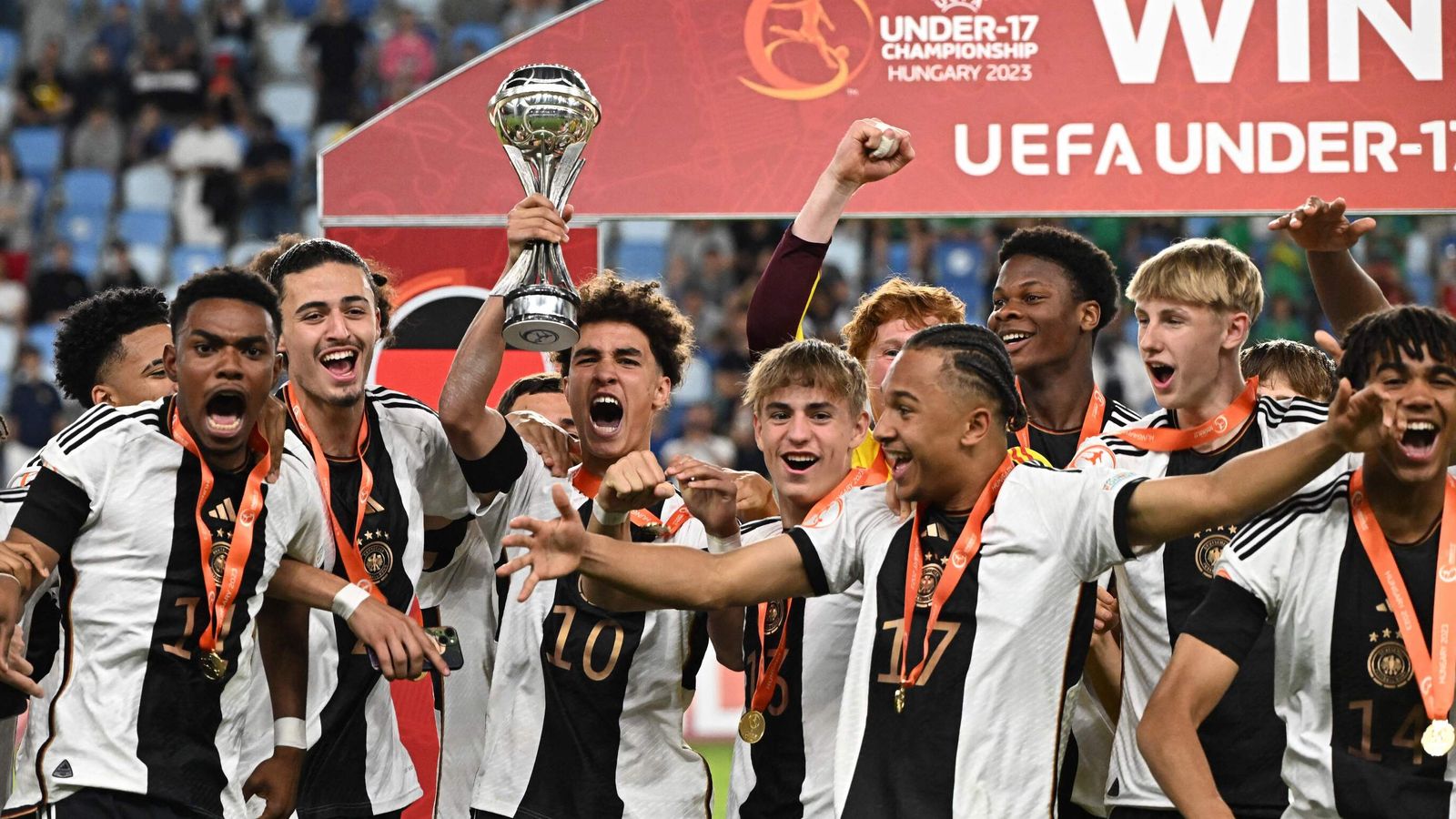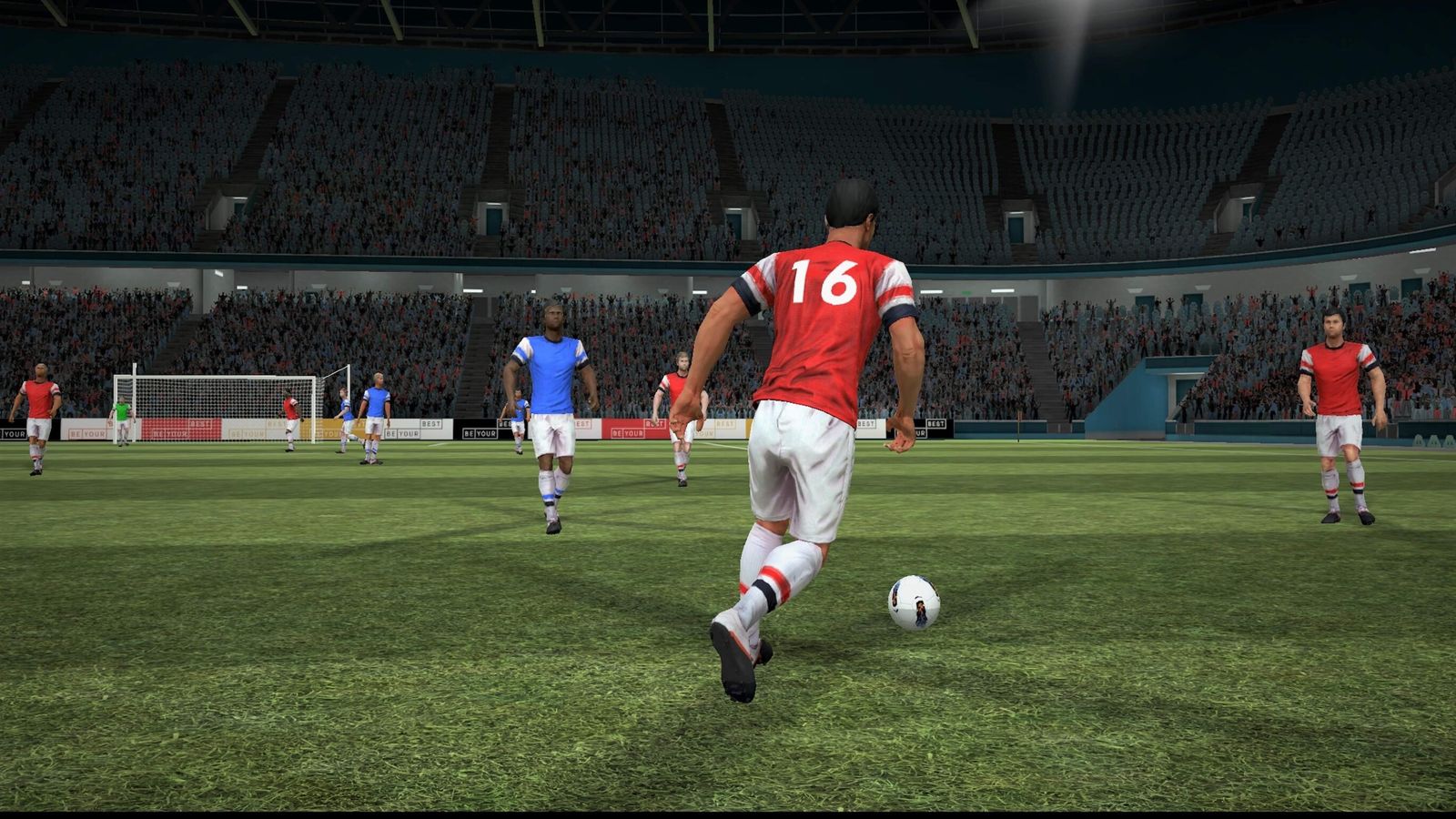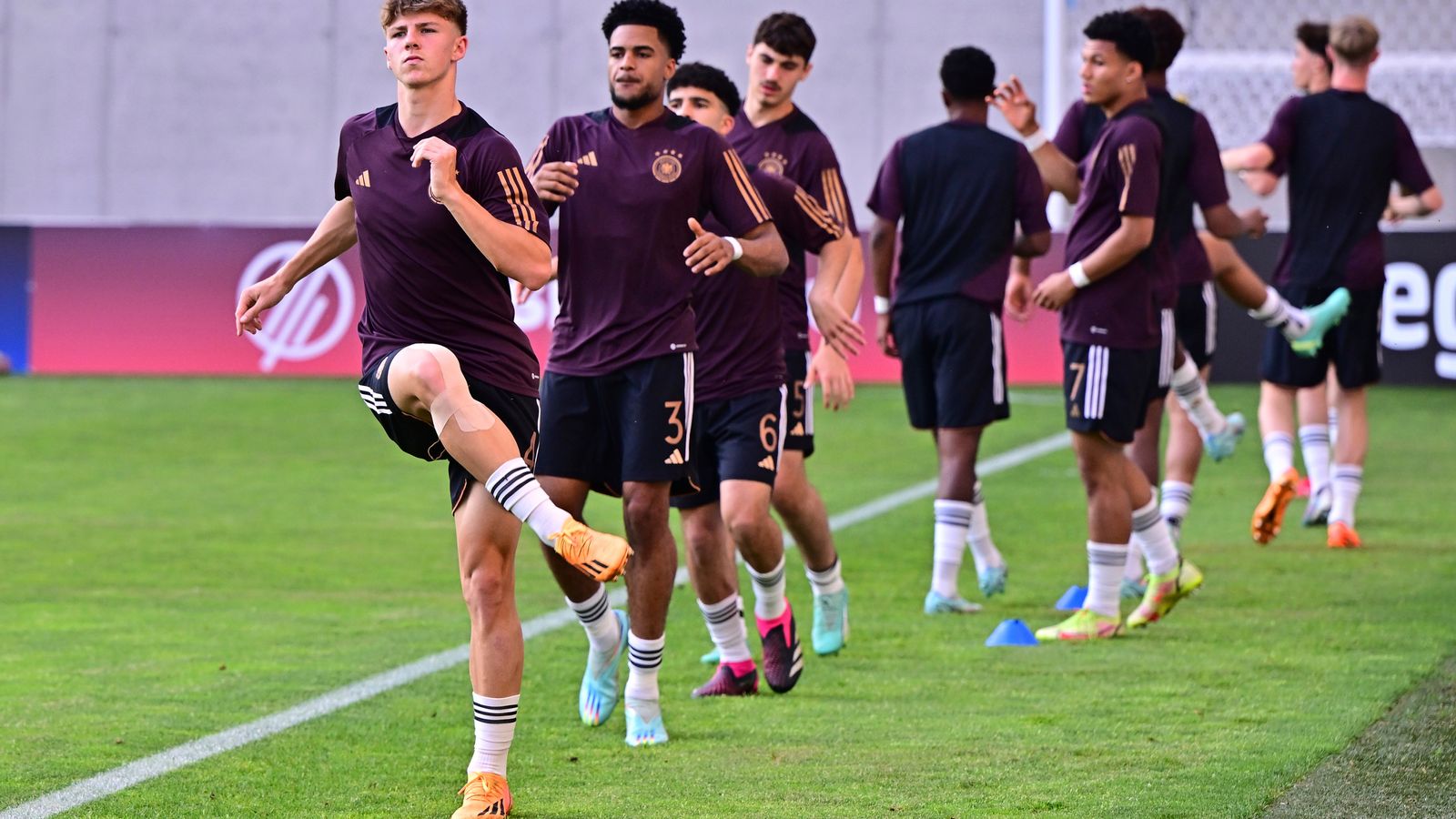Germany’s triumph over France in the final of the European U17 Championship this summer marked their first victory in the tournament in 14 years. However, their road to success was paved with innovation and forward-thinking player development strategies.
Thanks to the collaborative efforts of the federation, virtual reality (VR) technology has been seamlessly integrated into Germany’s training program. A select group of players had the opportunity to enhance their skills through targeted work with VR goggles, allowing them to improve their field awareness. Remarkably, ten of these players formed part of the winning team that secured the European championship.

This unique training approach recognizes the vital role of scanning, the crucial head movements made by players before receiving the ball. These movements provide essential information about their position on the field in relation to other players and the available options.
Christian Wuck, a coach involved in Germany’s success, explains, “Scanning may be the most important thing because the game is so much faster than it was 10 years ago. Good decision-making relies on players’ awareness of their surroundings. We aim to develop players who embody the German mentality, which encompasses both athleticism and intelligent play.”
Intelligent play, which can save valuable time when making decisions, can often be the difference between winning and losing games. Wuck emphasizes that cognitive skills are just as crucial as technical and tactical training in developing players to reach their full potential.
The implementation of VR technology began two and a half years ago under the guidance of coach Wuck. Initially, it was introduced to the U16 groups during training camps, where there was less pressure to perform in official tournaments.
During a training camp in Spain, each player had a 15-minute daily session using the VR goggles over a 12-day period. They were even allowed to take the goggles home to continue training. The impact of the technology was demonstrated through two training games, one before and one after the VR sessions, where quantitative measurements of head movements were recorded using three cameras.

“We found that 80% of the players exhibited more head movements and assumed better positions in the second game,” Wuck explains.
Sebastian Koppers, head of the Intelligence and Solution Center at the German FA (DFB), oversaw the assessment of the VR training’s effectiveness. By using forward passes as a proxy for improved decision-making, Koppers and his team sought to determine the value of incorporating VR into player development.
While this study may not be published in a scientific journal, it provided the necessary evidence to support the belief that VR technology could be beneficial. The time-saving aspect of VR training is particularly attractive, given the constraints faced by coaches at the international level.
Wuck emphasizes the importance of managing players’ workload, stating, “We are always thinking about load control. Physically, we have nearly reached the limit in terms of training young boys and girls. So we are shifting our focus to individual development. We have countless games and training sessions, and while we cannot push players further athletically, we can enhance their cognitive abilities. VR is a means to improve performance by another percentage point.”
Interestingly, the response to VR training among young players is not uniform. This discrepancy can be attributed to the varying degrees of technology adoption across different clubs in Germany. Wuck highlights that top clubs such as Bayern Munich, Borussia Dortmund, and RB Leipzig have been quick to embrace VR technology and engage in ongoing discussions to share knowledge and experiences.

Players at major clubs often prefer football simulators available at their training facilities because they closely resemble actual gameplay. However, since such technology is not widely available, the VR goggles present an excellent opportunity for players at other clubs to benefit from this innovative training method.
Crucially, there appears to be a correlation between on-pitch performance and proficiency in the virtual realm. Wuck notes, “We have observed that players who exhibit strong spatial orientation on the field also excel when using VR goggles. Our best players tend to excel in both domains.”
Considering the vast potential of VR technology, which is currently only at around five percent of its capabilities, its applications extend beyond training. It could serve as a visualization tool, allowing players to prepare for specific tactical plans and replicate patterns of play they are likely to encounter in matches.
Wuck proposes other possibilities, such as injured players using VR to maintain training and preparation for their return to the pitch. It may even be utilized during halftime, potentially providing more effective means of tactical adjustments than a traditional touchline discussion.
While the future role of VR in football remains uncertain, the sport must be prepared to embrace and harness its potential. The German FA’s academy mindset reflects this readiness, as they actively seek answers and solutions to advance player development.
Germany’s triumph at the U17 European Championship this summer serves as a testament to the benefits of VR technology. It is merely the beginning of what promises to be an exciting journey of exploration and innovation.







